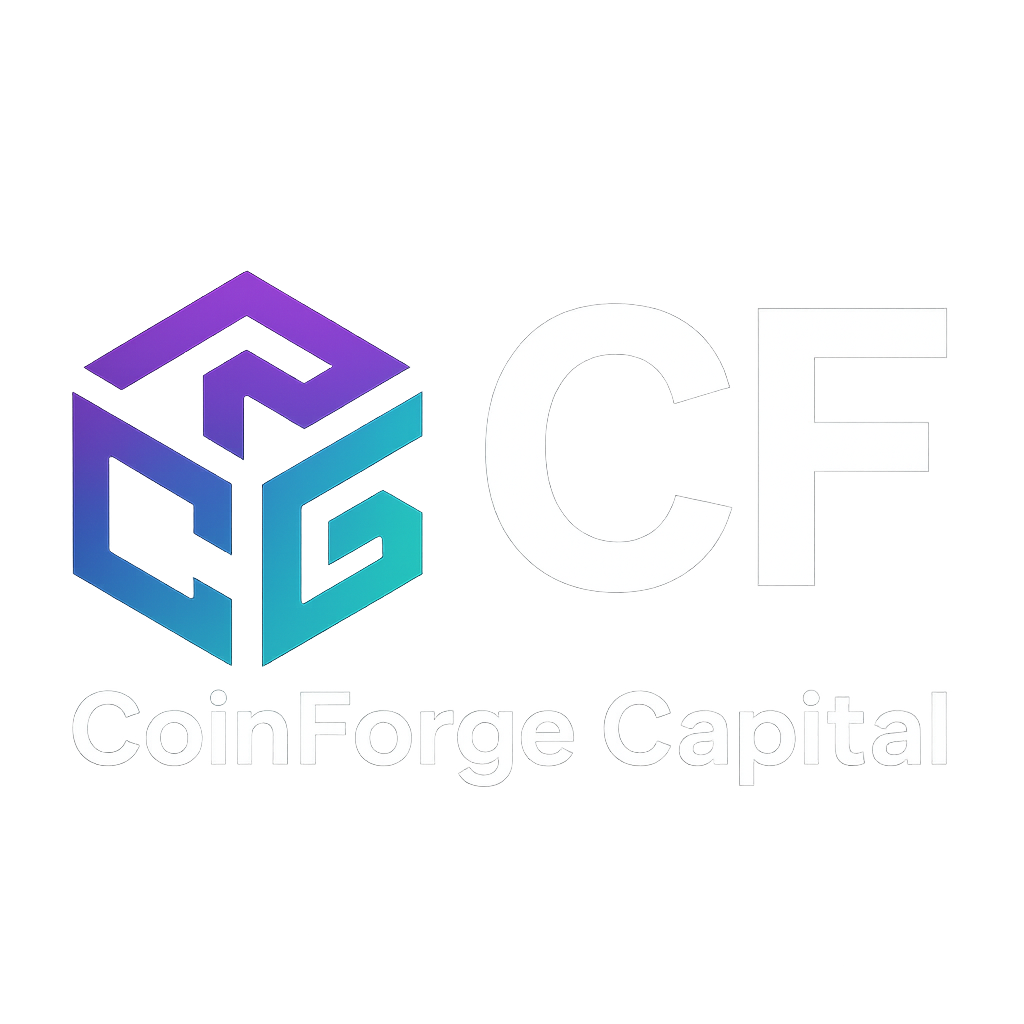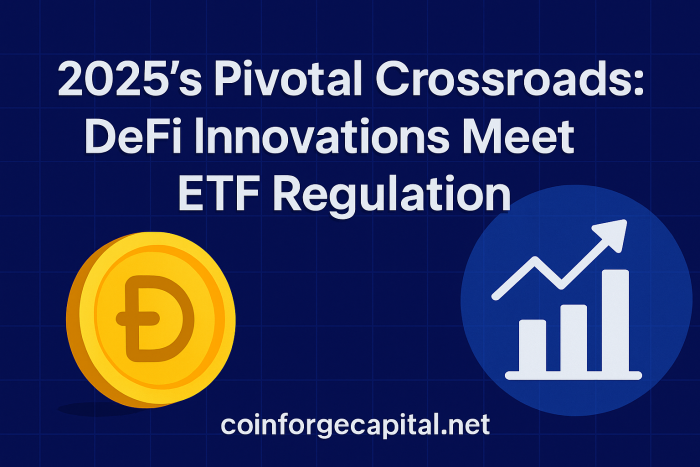The cryptocurrency and decentralized finance (DeFi) sectors are entering what may be one of their most defining phases yet. As innovation accelerates in areas like real-world asset tokenization, cross-chain interoperability, and AI-powered financial tooling, regulatory frameworks, especially around Exchange Traded Funds (ETFs), are tightening. In 2025, the interplay between what DeFi can offer and what regulators will allow could reshape where capital flows, which projects thrive, and how both institutional and retail investors participate.
Key Developments
-
Real-World Assets (RWA) Tokenization Scaling Up
Protocols using blockchain to represent off-chain assets — real estate, bonds, commodities, etc. — are moving from proof-of-concept to real scale. This changes dynamics: illiquid markets get liquidity, traditional assets become more accessible, and investors outside the institutional circle can gain exposure to asset classes previously out of reach. -
Cross-Chain and Layer-2 Growth
As fees, speed, and scalability remain obstacles, projects that facilitate seamless transfers of assets and data between chains (interoperability) and that operate on Layer-2 solutions are seeing increasing adoption. -
AI in DeFi: Smarter Tooling & Risk Automation
Machine learning models are being employed in risk assessment, yield optimization, detecting fraud or abnormal behavior in smart contracts, and in improving liquidity provisioning. -
Regulatory Pressure & ETF Landscape Shifts
-
In Europe, the regulatory framework MiCA (Markets in Crypto-Assets) is now in place, providing clearer rules for platforms, token issuers, and stablecoins.
-
Meanwhile, in the U.S., there’s a wave of ETF and ETP filings for various cryptos (e.g. XRP, Litecoin, Solana). Some have high probabilities of being approved, others less so; but the trend is toward wider crypto-asset inclusion and product innovation in regulated investment vehicles.
-
-
Institutional Participation Increasing
Banks, funds, insurers are more keen on getting exposure. However, regulatory burdens (capital requirements, compliance) are significant, and recent proposals in Europe suggest that for certain institutions, holding crypto may require very high capital buffers.
Implications for Investors, Institutions, and DeFi Projects
-
For Investors
Those who move early into diversified crypto products — especially via ETFs or tokenized real assets — may capture returns from both inefficiencies and regulatory tailwinds. -
For Institutions
Entities in regions with clearer rules (e.g. EU under MiCA) will have advantage. Institutional adoption may also push the development of hybrid models: DeFi features with layers of control and oversight. -
For DeFi Projects
To succeed, protocols will need to build with regulation in mind, make their tokenomics transparent, enhance security (audits, risk engineering), and focus on delivering real utility.
«The next era of digital assets will not be defined by speculation, but by the integration of blockchain into real, regulated markets. DeFi and ETFs are on a collision course — and collaboration, not resistance, will determine the winners.»
Challenges & Risks
-
Regulatory uncertainty remains in many jurisdictions.
-
Technical risks (smart contract bugs, cross-chain bridge exploits) continue to be a drag.
-
Liquidity fragmentation: many chains and Layer-2s risk spreading liquidity too thin.
-
Public trust: scandals or security failures could undermine progress.
Conclusion & Forward-Looking Thoughts
We’re at a crucial inflection point in 2025 where technological potential in DeFi is meeting regulatory pressure and opportunity. The next 12-24 months could define which models scale and sustain, which regulatory frameworks succeed, and which jurisdictions emerge as frontrunners.
For those watching: keep an eye on ETF approvals, how RWA tokenization evolves, which chains or Layer-2s deliver the best throughput and security, and how regulation in major markets shifts. The winners will be those who build responsibly, adapt fast, and maintain both innovation and compliance.






